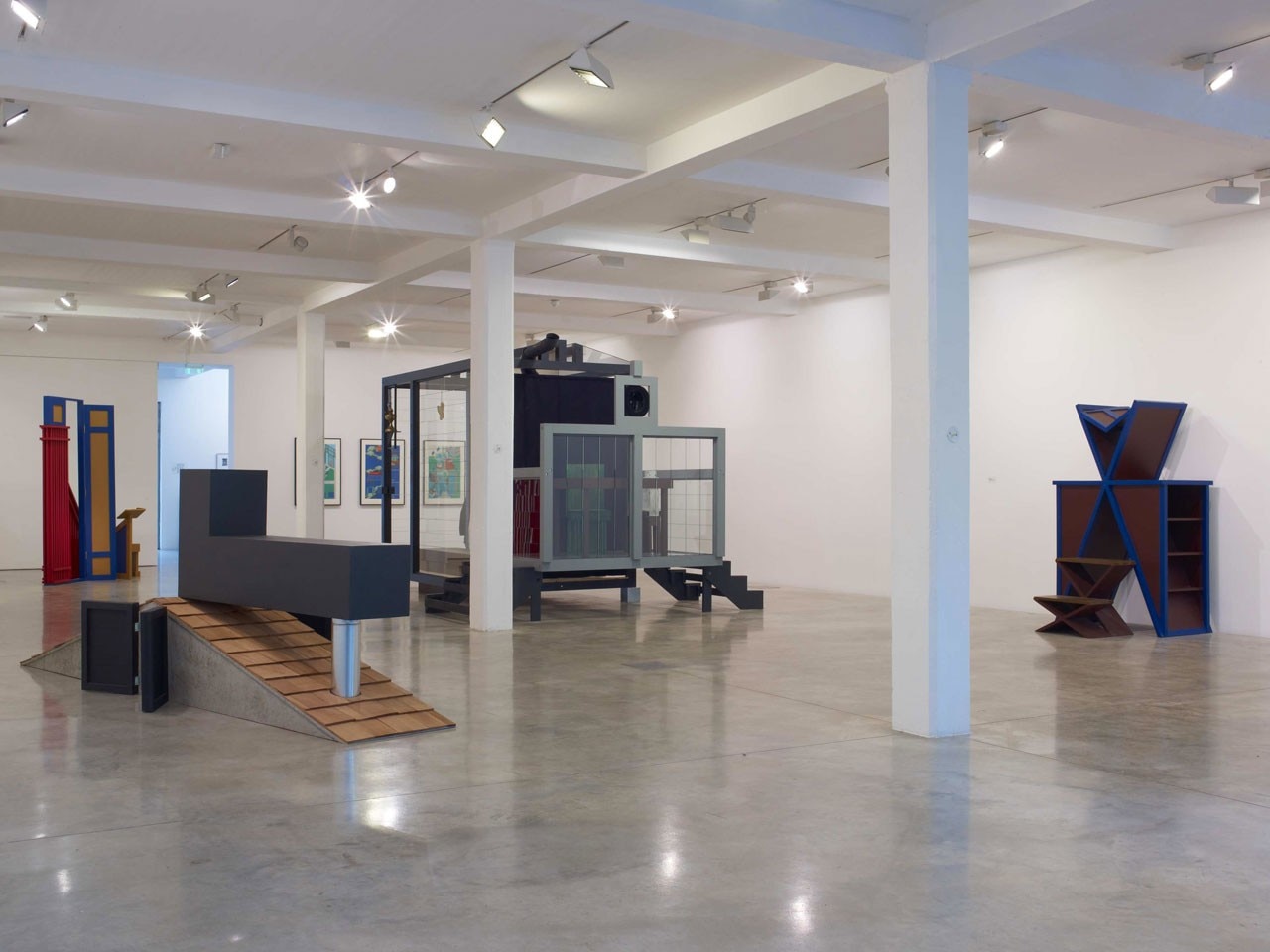

Armajani’s arrival in the United States and an interest in architecture and the Western philosophy, that of John Dewey in particular, prompted a rapid evolution in the artist. In 1968, he began to develop the theme of living, indoors and outdoors, producing models of living situations and of places where people meet and gather such as gardens, gazebos and, most of all, bridges. The artist accepts the structural function of the bridge but also focuses on its great metaphorical worth. The bridge that closes a gap is always a great metaphor but Armajani sees bridges as constructed utopias, complex structures in which form, meaning and function are inseparable.
In 1968, one of his first bridge projects was erected at White Bear Lake in Minnesota; First Bridge is a covered structure, 38 metres long and 305 cm high at the entrance, 120 cm at the exit.


Each of these projects is of great symbolic worth but while they put themselves forward as places of encounter and communal spaces they also generate a sense of vitality and inclusion.
Subsequently, the pressure of political events prompted the artist to turn his focus in a new direction. Cold materials such as metal and glass replaced the warmer and more domestic wood; the angular forms of constrictive architecture took over from the previous ones and generated a sharp change in tone. Works such as Cellar and Fallujah highlighted a state of bewilderment, control, claustrophobic exile and imprisonment. Living can be pain and punishment.




